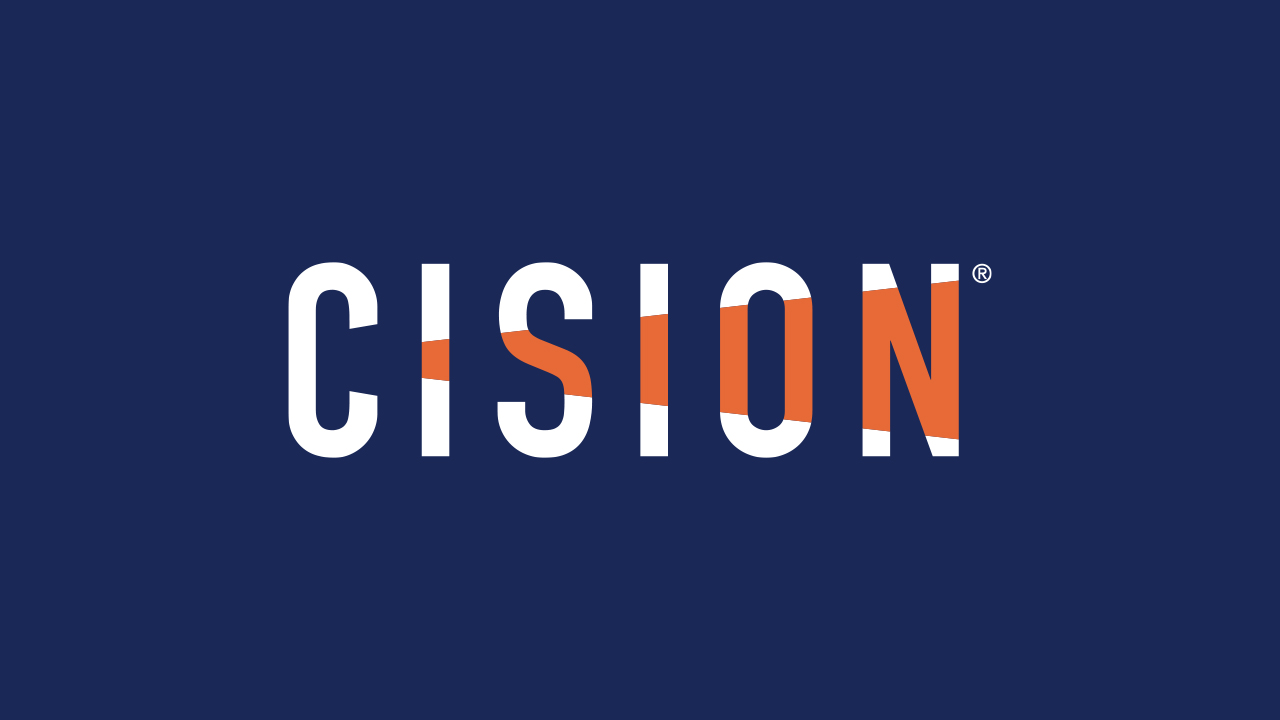Welcome to our new series here on the Cision blog: Take 5. It's five quick questions on PR, the state of the industry, and how it interconnects with everything else (like the evolving COVID-19 communications crisis), all with the brightest minds around.
This time we're talking to Matthew Della Croce, Global President + Partner at Allison+Partners.
1. Would you agree with the statement that came out of our Best Practices for Brand Communications in Uncertain Times webinar series that every brand needs to plan for “re-entry” regardless of whether they’ve had to completely shut down and change their business model, or not?
Yes and no. The idea outlined that we are going to go through a linear process that will be hot and bumpy and then descend to calm air and a long runway is not likely. Our reality is incredibly complex. Re-entry will be different for people and companies depending on so many factors like geography, age, socioeconomic factors, access to healthcare and childcare, as well as the potential for flare-ups and their potential impact. For companies it also depends on their size, industry, digital presence, access to capital, etc.
It is becoming clearer each day that re-entry is going to be a dynamic process; it is going to involve several stages of turbulence and changes before we finally get to something approaching an equilibrium. Therefore, every brand needs to plan for a sequence of re-entries varying in speed and intensity, that will test their organization (and their stakeholders in different ways).
2. Re-entry means a “new normal” that is going to look different for every brand- and even the same brand in different places- so how are you preparing for different scenarios?
We have been managing the “Now Normal” in two week “sprints”. We have also started the process of planning for the “New Normal” with an emphasis first on the next three months’ sprint. While we are thinking through Q4, 2020 and beyond, managing through the pandemic and the global economic situation has us prioritizing the shorter-term. As a marketing services agency, this means managing our business and our client work in sprints to enable rapid and agile adjustments to day-to-day operations for ourselves and the strategy and execution we provide for our clients.
3. What data are you looking at and what factors are you considering to determine the right time- and the right messaging- for re-entry?
Data is critical. As a global company, we are using a range of data on a global, regional and local level, starting with pandemic-focused health information: treatment capacity, daily death rates, falling rates of infection, wide open supply of tests and PPE to meet future demand, and the health of countries’ healthcare infrastructure. Internally, we have been capturing data to understand how our employees are doing, enabling smarter decisions as we manage our business. Additionally, we are looking at client- and industry-specific data indicating levels of economic activity.
4. Let's say an organization is called out for tone-deaf messaging around COVID-19; what recommendations do you all have for responding to that feedback and growing from it?
Leadership is paramount during these times. Tone matters and how an organizations acts during the pandemic- as well as in re-entry- will be remembered by stakeholders. And while every issue or crisis situation is unique, generally we would recommend organizations act like leaders, being empathetic and taking responsibility for an error, explaining what happened, how they plan on fixing it and pledging not to do it again.
5. Are there any communications lessons learned from this unprecedented experience that will carry over to the new norm?
The pandemic has shined an incredibly bright light on the need for communications overall, prioritizing connections to all stakeholders. Companies and their leadership have seen the value from effective multi-channel communications and the positive impact it can have. This will remain going forward.
BONUS: How do you balance internal and external communications around all of these other considerations?
Balance between internal and external communications is critical. While near-term resiliency will continue to be the day-to-day focus, expectations are now moving beyond today. Inspiring confidence means demonstrating you’re prioritizing all stakeholders, internal and external. This may mean organizations need to evolve how they internally work. Chief Communications Officers will need to have a seat at the c-suite table to ensure all facets of the organizations are strategic in what, how and when they communicate effectively to stakeholders.
Companies need to be built to have a data-centered multi-channel approach to strategic communications and ensure they’re connecting with all stakeholders.
An award-winning marketing communication executive, Matthew leads the firm’s Corporate + Public Affairs practice, oversees the growth and development of our European offices and leads the agency’s Advisory Services division. He has extensive global experience helping organizations across numerous industries grow and evolve. Matthew's expertise includes reputation management, corporate brand positioning, executive coaching, thought leadership and executive visibility, change management, social impact, crisis and issues management, integrated communications and c-suite counsel.







